Current Research
Improved Sea Level Rise Estimates using Data from Robotic Floats
A new generation of autonomous floats called Deep Argo samples the full ocean volume down to 20000 ft below the ocean surface. Using temperature, salinity data collected from a pilot array in the Southwest Pacific Basin we quantify the ocean warming signal and calculate trends between 2014-2023 in the sea level rise potential from these warm anomalies. We use this novel dataset to demonstrate the value of making these measurements in the deep and abyssal ocean by showing an increase in the overall closure of the sea level budget in this region, by combing AVISO sea level altimetry, NASA GRACE gravimetry and full-depth Deep Argo data. (pdf)
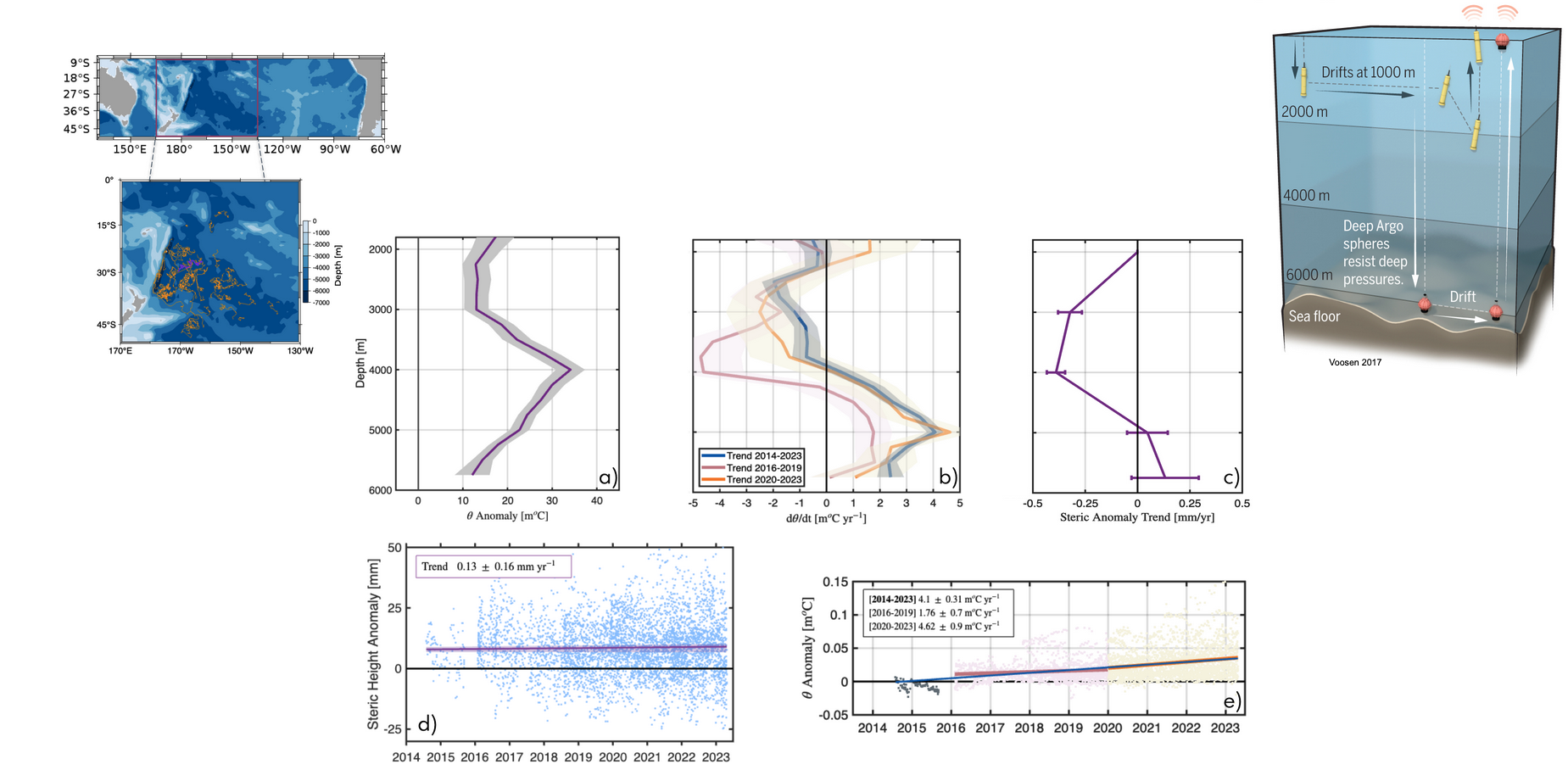
Project Lead: Ratnaksha Lele

Collaborators: Sarah Purkey
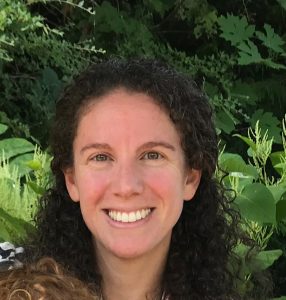
Understanding Spatial Structure of Ocean Turbulent Mixing with Embedded Clustering Methods
Turbulent mixing is a fundamental process that drives the large-scale cirulation of the ocean, through destratifying the water and helping upwell it in different regions of the world. A variety of processes are throught to cause turbulent mixing including surface procesess primarily by wind action, shear and convective instabilities as well as processes away from boundary regions primarily driven by internal waves. Direct turbulent measurements as well as parameterizations called finescale parameterizations have been developed to gain a better understanding of turbulent mixing at different spatio-temporal scales. While our understanding of the earth’s energy budget and its partitioning into various dissipative turbulent processes is fairly robust, the geographical distribution and structure of the plethora of mixing processes remains poorly understood. Here, we use a novel embedded clustering approach on oceanographic data to uncover the spatial distribution of turbulent mixing processes in the ocean. (preprint)
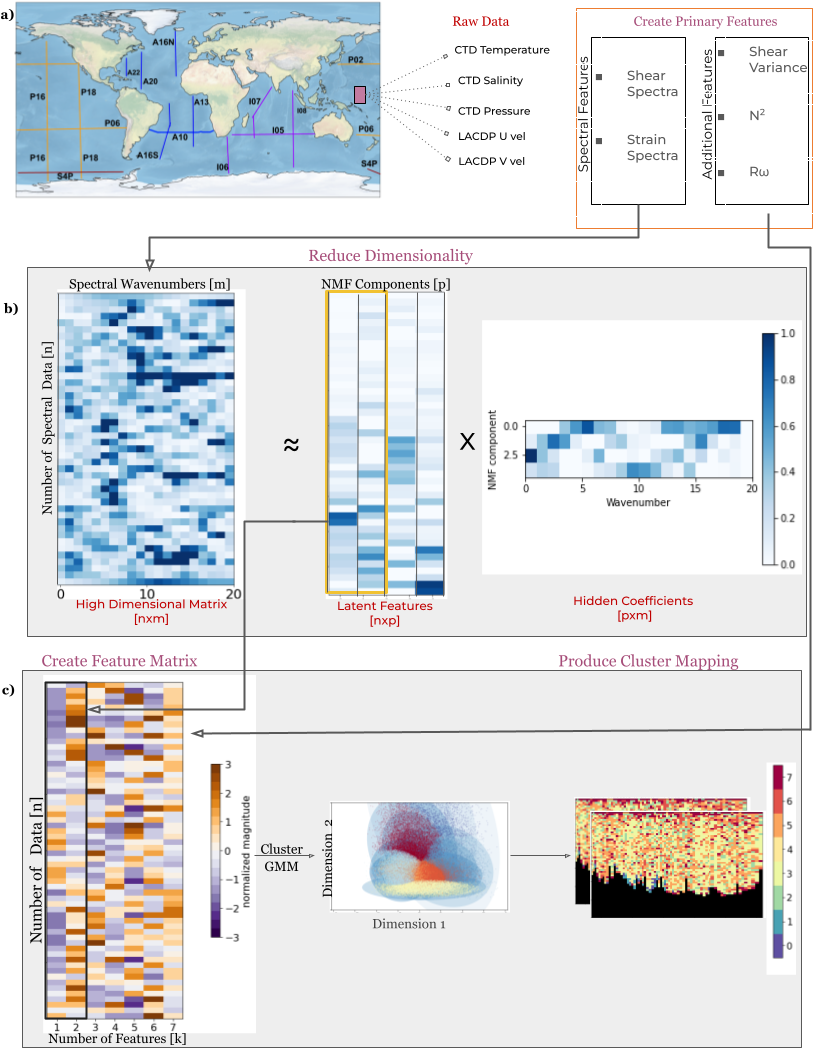
Project Lead: Ratnaksha Lele

Deep Learning of NASA GRACE derived Ocean Bottom Pressure: Implications for Regional Sea Level Budgets
The Global Mean Sea Level (GMSL) is a critical high-level measure of the Earth’s climate system and an indicator of long term changes. The surface expression of changes to sea level are measured by sustained observations from satellite altimetry. The sea level budget involves partitioning the surface expression of the observed sea level (as retrieved from satellite altimetry) broadly into one driven by changes in temperature (thermal expansion, a.k.a thermosteric) and one driven by changes in mass (barysteric), which can each be measured independenty by Argo floats and NASA’s GRACE satellite data respectively. While the GMSL budget agree on the global scale within uncertainity, it is less so on regional and sub-basin scales. We use deep learning to learn the barysteric signature of the sea level budget to a) fill the gap in the GRACE timeseries between 2018 and 2019, b) use the learned representation of GRACE’s data varaibility to evaluate the disagreement in the sea level budget on sub-basin scales.
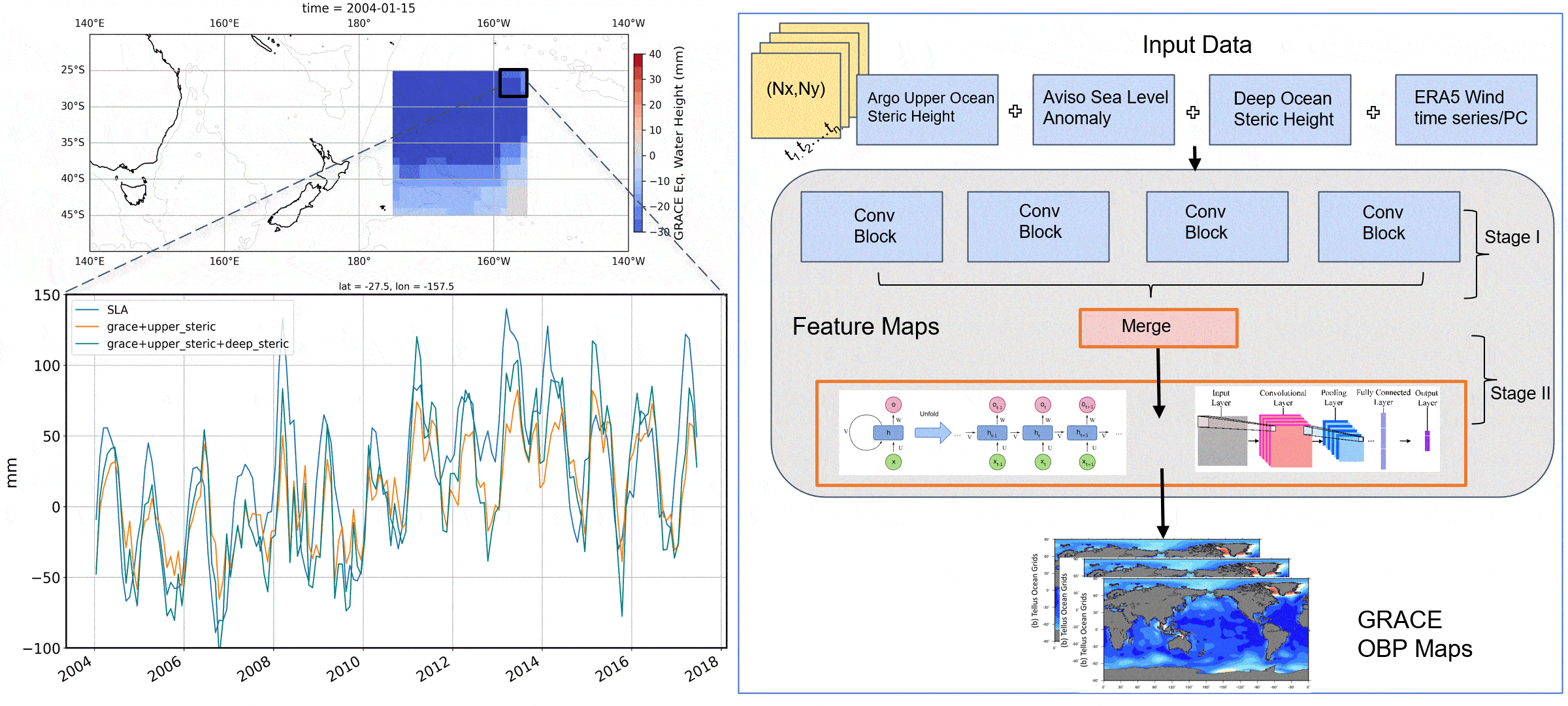
Project Lead: Ratnaksha Lele

Collaborators: Sarah Purkey, Matthew Mazloff


Reconciling Abyssal Ocean Circulation and Turbulence from Theory and Observations
The deep overturning circulation of the ocean is driven by northward flow of cold waters formed in the Southern Ocean and diffusion-driven upwelling from oceanic turbulence, both of which are difficult to measure and quantify accurately. This study aims to reconcile different methods of measuring the overturning in a large ocean basin by 1) inferring mixing required to sustain the overturning using long term observations of inflow and outflow heat fluxes from a time-dependent heat budget, 2) direct/indirect observations of mixing within the basin. While our results show consistency of the basin-averaged mixing estimates from several different methods, this study also highlights the need to make sustained oceanic observations of mixing and circulation to further reduce uncertainty in the estimates. link to paper
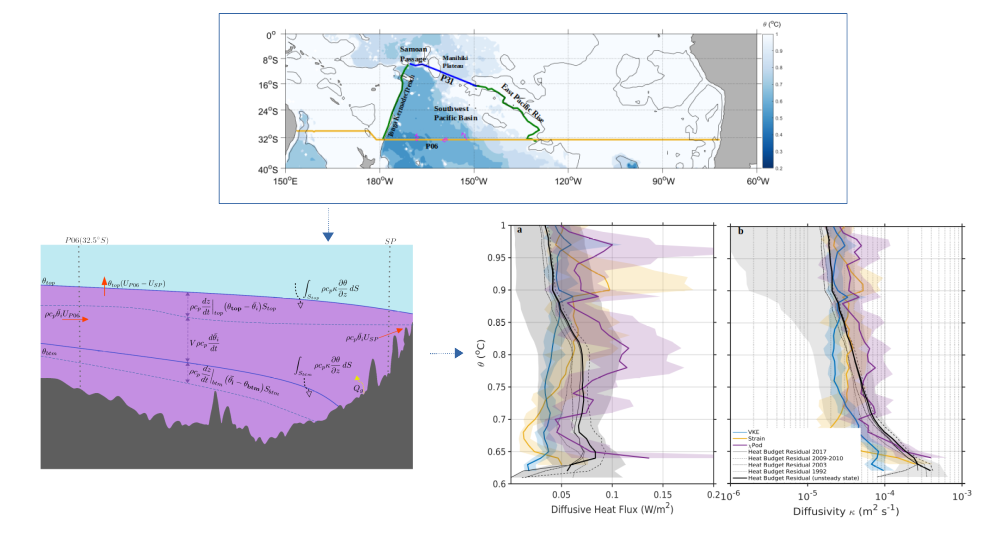
Project Lead: Ratnaksha Lele

Collaborators: Sarah Purkey, Jennifer MacKinnon, Jonathan Nash


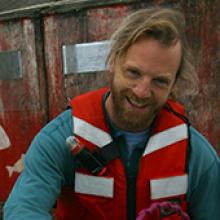
Development of Data Processing Pipeline of Novel Oceanic Turbulence Instrumentation
Understanding the processes that control the temporal variability and geographic distribution of ocean mixing is an important community goal towards obtaining more accurate global climate predictions. Until recently direct observation of deep-ocean mixing has required special free-falling profiling instruments, and because of this, mixing observations are sparse. This paper describes a relatively new technique for obtaining ocean mixing by measuring very small-scale temperature fluctuations during traditional CTD profiling. We show that the method is not significantly biased, which provides support for making continued observations within the global repeat hydrography programs.
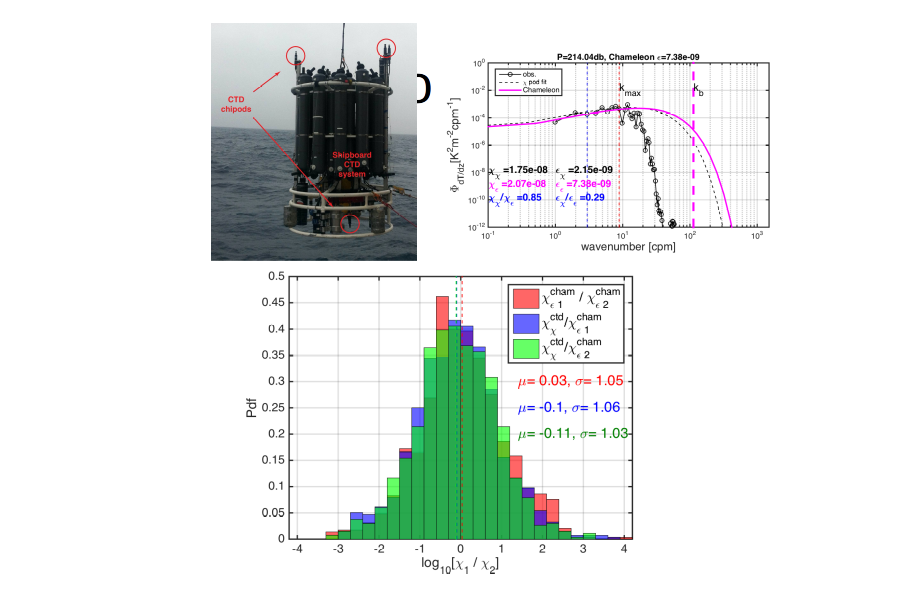
Project Lead: Jonathan Nash

Collaborators: Ratnaksha Lele, Sarah Purkey, Jennifer MacKinnon



